Chitosan oligosaccharide has shown significant promise in enhancing crop resilience and yield, particularly under adverse environmental conditions. Here are some notable application cases that highlight its effectiveness:
Case 1: Drought Resistance in Wheat
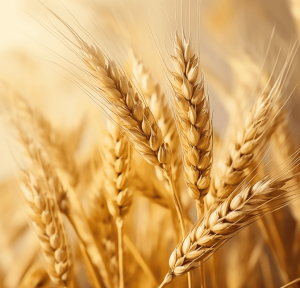 |
In a study conducted in arid regions, wheat crops treated with chitosan oligosaccharide exhibited remarkable drought resistance. The application of chitosan oligosaccharide enhanced root development and water uptake, allowing the plants to maintain growth and productivity even under limited water conditions. |
Case 2: Salinity Tolerance in Rice
Rice is particularly sensitive to soil salinity, which can severely affect its growth and yield. In coastal areas where soil salinity is a major issue, the application of chitosan oligosaccharide has proven to be beneficial.
| Treated rice plants showed improved salt tolerance, with enhanced chlorophyll content and better overall growth. This led to a significant increase in grain yield, making chitosan oligosaccharide a valuable tool for rice farmers in saline-prone regions. | 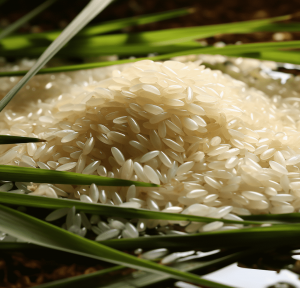 |
Case 3: Cold Stress Mitigation in Tomato
Tomato plants are vulnerable to cold stress, which can hinder their growth and fruit production.
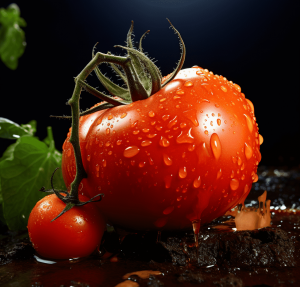 |
In a controlled experiment, tomato plants treated with chitosan oligosaccharide were able to better withstand low temperatures. The treatment helped in maintaining higher levels of antioxidants and stress-related proteins, which protected the plants from cold damage. Consequently, the treated plants produced more fruits and had a higher overall yield compared to the untreated control group. |
Case 4: Enhanced Nutrient Uptake in Corn
| In nutrient-deficient soils, corn crops often struggle to achieve optimal growth and yield. Chitosan oligosaccharide has been used to enhance nutrient uptake in corn plants. By promoting root growth and increasing the availability of essential nutrients, treated corn plants showed improved growth metrics and higher biomass. | 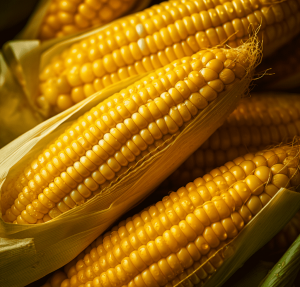 |
This led to a notable increase in corn yield, highlighting the role of chitosan oligosaccharide in improving crop performance in suboptimal soil conditions.
Case 5: Disease Resistance in Grapevines
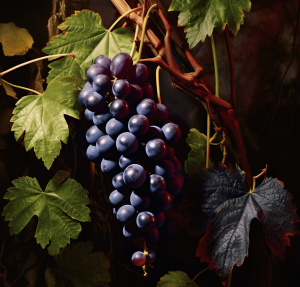 |
Grapevines are susceptible to various fungal diseases, which can significantly reduce grape yield and quality. In vineyards, the application of chitosan oligosaccharide has been shown to enhance the plants’ natural defense mechanisms. Treated grapevines exhibited increased levels of disease-resistant proteins and antioxidants, which helped in reducing the incidence of fungal infections. |
This not only improved grape yield but also enhanced the quality of the produce, making it a valuable addition to integrated pest management strategies.
Conclusion
The application cases of chitosan oligosaccharide in enhancing crop resilience and yield under various stress conditions underscore its potential as a versatile and effective agricultural tool. From improving drought and salinity tolerance to mitigating cold stress and enhancing nutrient uptake, chitosan oligosaccharide offers a sustainable solution to some of the most pressing challenges in modern agriculture. As research and field trials continue, it is expected that more innovative applications of this natural compound will be discovered, further solidifying its role in sustainable farming practices.
Post time: Sep-18-2024
